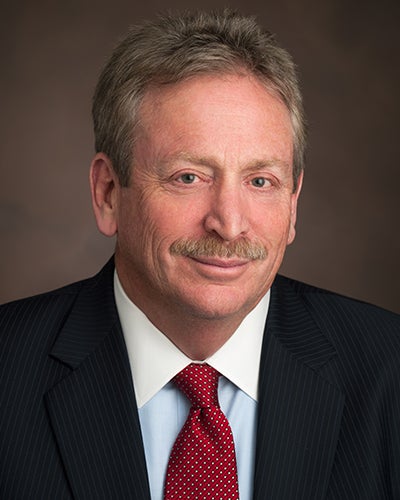 Modernization of the electric grid should not be the singular focus of spending in the United States, rather we should also be targeting our efforts and dollars at specific projects that will make the most immediate impacts. Billions are spent every year on upgrading the system and adding intelligence to the grid and are always balanced against the impacts on rates and customers. Even with unlimited checkbooks on transmission – California and Texas are great examples – system issues can occur.
Modernization of the electric grid should not be the singular focus of spending in the United States, rather we should also be targeting our efforts and dollars at specific projects that will make the most immediate impacts. Billions are spent every year on upgrading the system and adding intelligence to the grid and are always balanced against the impacts on rates and customers. Even with unlimited checkbooks on transmission – California and Texas are great examples – system issues can occur.
As a country, we should dream big but equally critical are to make improvements that can have an immediate impact on improving the nation’s infrastructure. The vision of seven hundred and sixty-five megawatt lines crisscrossing the U.S. is a “BHAG” – big, hairy audacious goal – that should be pursued.
However, with even the simplest transmission project taking a decade or more, we should take some specific, short- and medium-term actions.
It is also important to realize while permitting is slow, money is currently available to invest in transmission. The hang up is in assuring the line will be used and commitments made to guarantee the offtake of power. In other words, if no demand backed by financial arrangements, no construction. So, what projects do I believe can and should be done today?
Rebuild the seven AC/DC ties between the Eastern and Western grid. At a cost of roughly thirty million, this project could be complete in less than eighteen months.
Expand the Mead Substation at Hoover Dam into a renewable energy hub. This project will take between twenty-four to thirty-six months to complete. It is at the base of the El Dorado Valley, connects to California, and is the ideal spot for a robust hub.
Complete the Intertie Project started in 1964. In forty-eight months or less, the two hundred and seventy-five miles of transmission could be built that would loop the Pacific Northwest across the west and into the Southwest Power Pool.
Widen our focus and fund technology that benefits the nation and not just a single region. Concentrate those efforts on grid cybersecurity, as well as advanced system sensing to anticipate and avoid issues.
Another key area is to create a cohesive national effort to enhance wildfire tools and technology, including the expansion of right-of-way tree clearing. Encourage or standardize the use of coated cables, especially in areas when undergrounding is limited by terrain or cost.
Create an incentive structure that supports our end goals for improvements in the grid. Pay higher incentives for the power solutions that are really needed: pay a higher rate of return for lines that serve grids wider than a single state, quit paying for redundant infrastructure, and guarantee offtake as a fundamental component of the incentive structure.
Create real markets that span time zones and weather conditions and empower those entities to support. This should also include an RTO to coordinate offshore wind and provide the trading and management platform.
Finally, recognize that transmission is best suited to fix the growing energy divide. The digital divide is often spoken of in our country when the energy divide is an even greater one to navigate for underserved or unserved communities. The “haves” can afford solar panels and storage, while the “have nots” are paying the price. The haves can create microgrids – which serve a purpose – but also serve to create a balkanized electrical system.
Our current business models hang on an engineering measurement – the kilowatt/megawatt hour paradigm. This paradigm is no longer valid when the haves can move their energy supply off the grid for a portion of the day while the have nots pay the carrying costs. We need to move beyond a simple engineering focus on our grid and the delivery of power and understand the far-reaching effects being created with our inherently uneven system.
The question to be asking is how can we effectively grow our grid to realize all the intrinsic potential, and bring all our citizens along to enjoy those benefits? Let us dream for the future and act for today.
This article recently appeared in August 2021 Public Utilities Fortnightly. Read the original article here.

